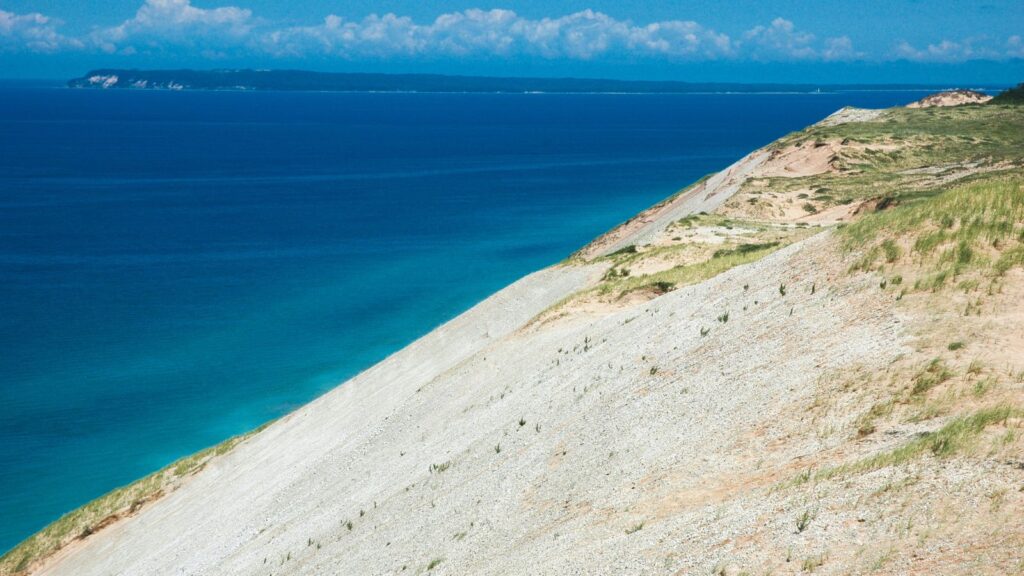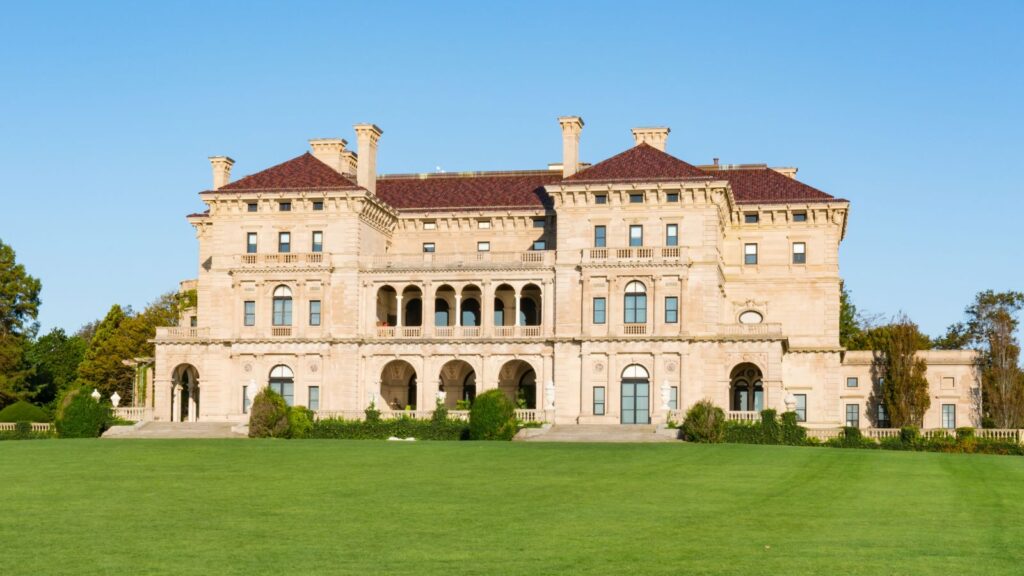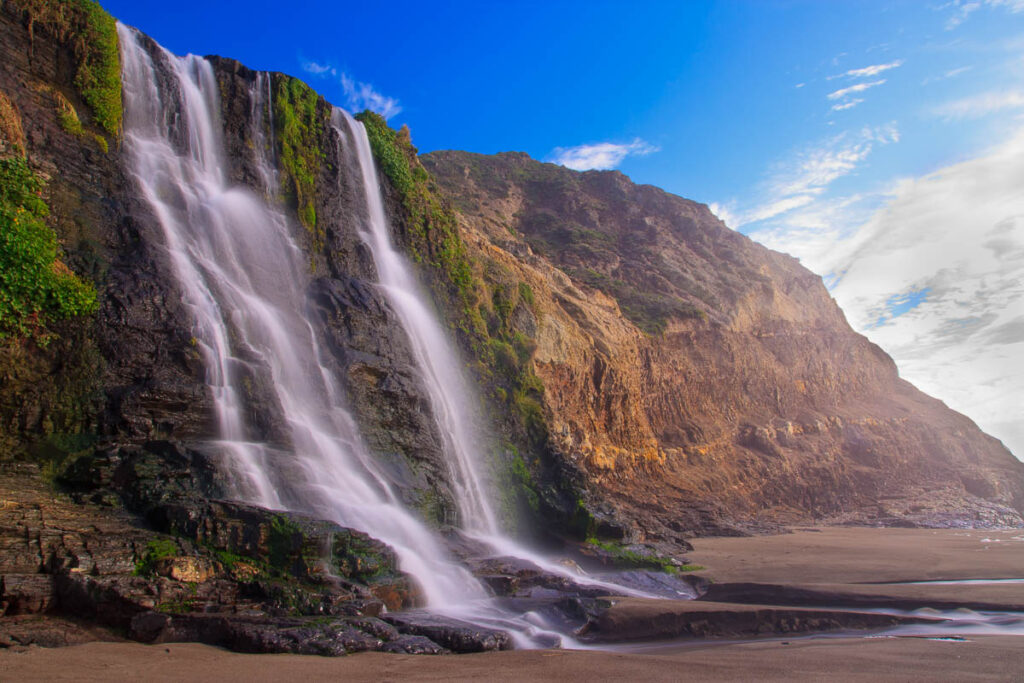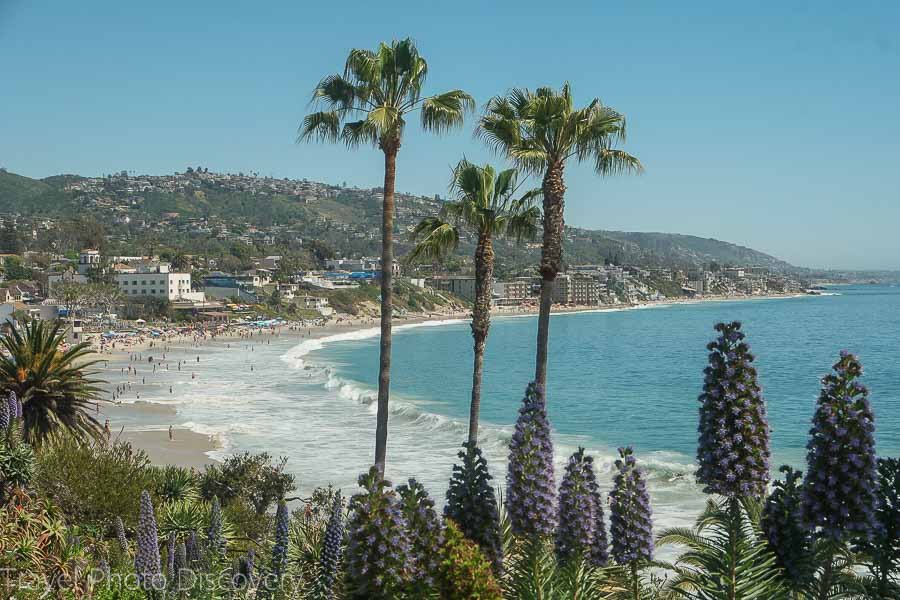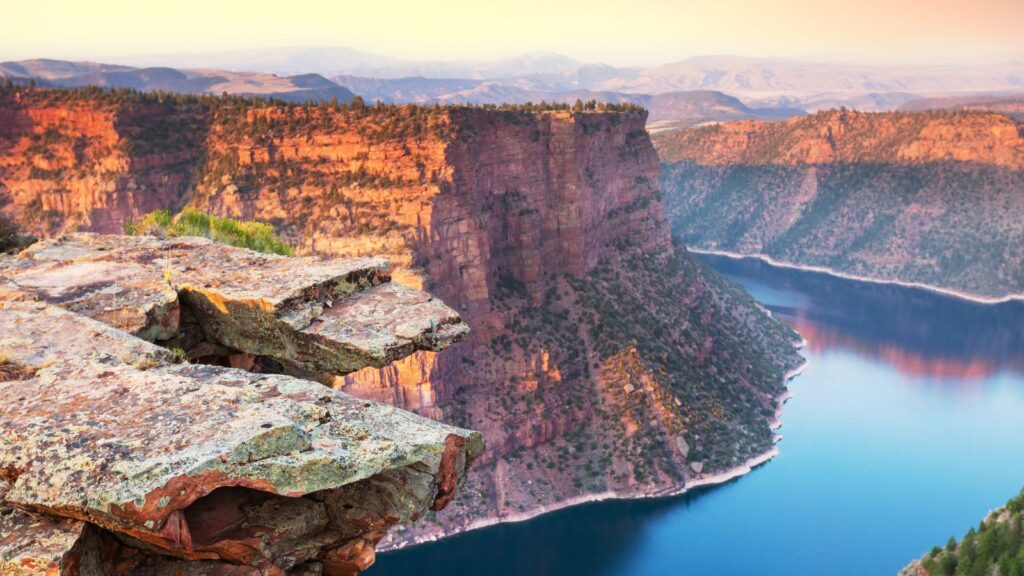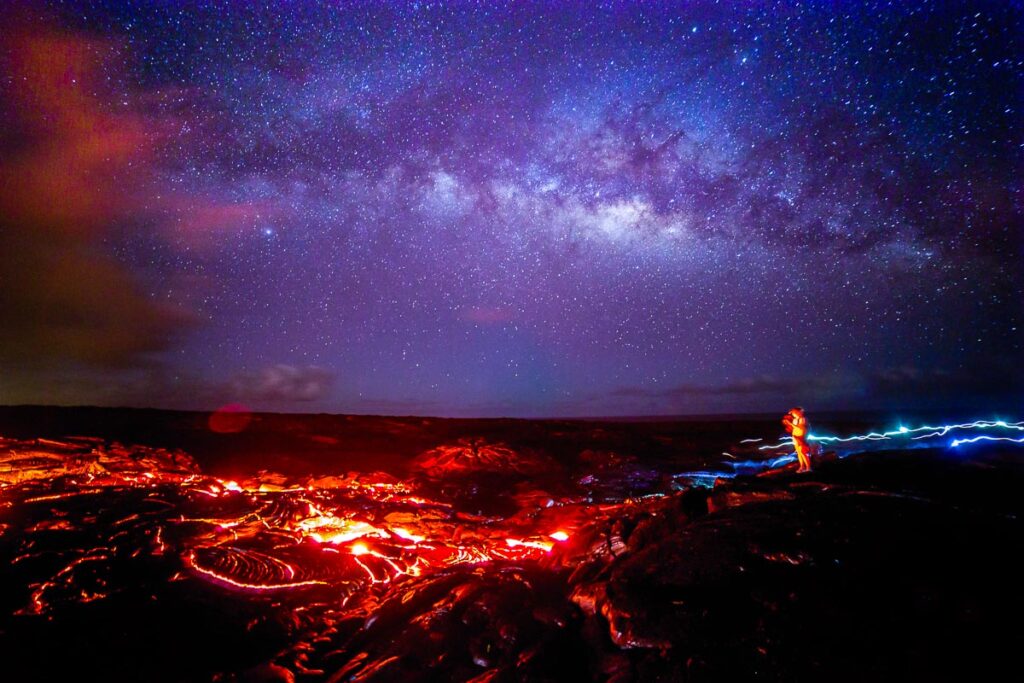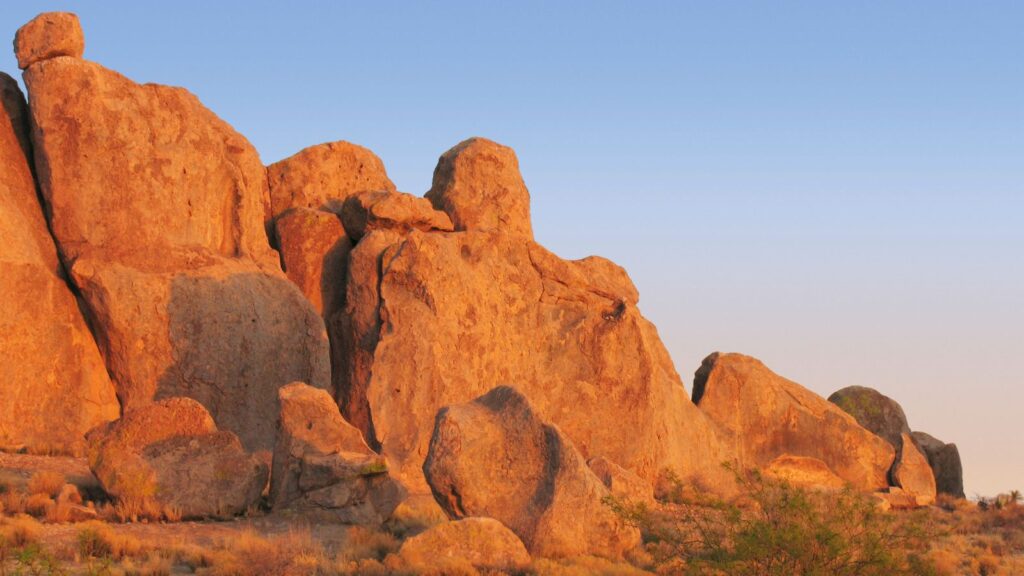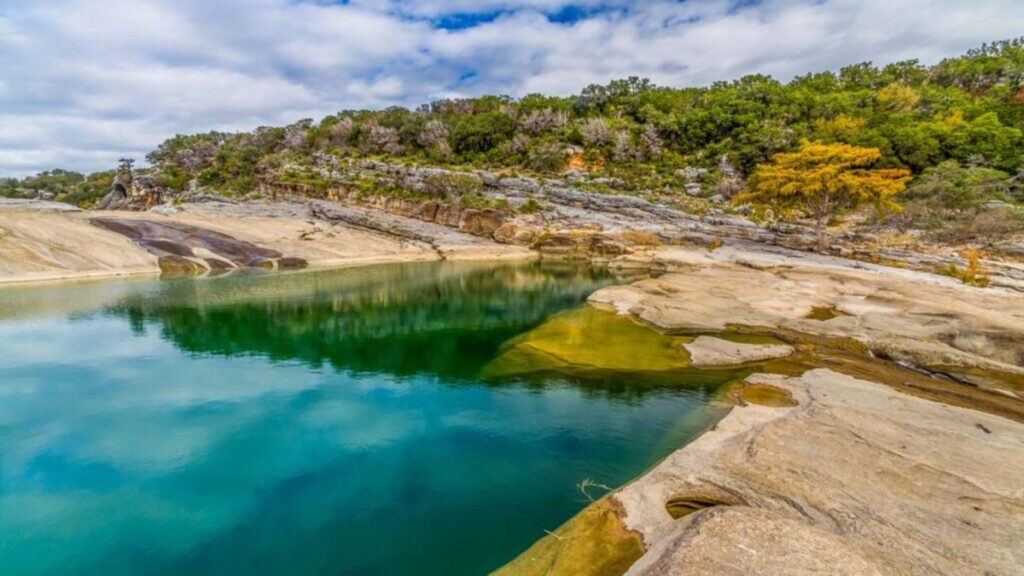Going on a safari in South Africa is something special. It’s not just a holiday. It’s a full-on experience. You get to see wild animals in their natural home. Lions, elephants, rhinos, giraffes, and more. The landscape is huge and open. The air smells different. The sounds are all around you. It’s wild, raw, and unforgettable.
But planning a safari isn’t like booking a normal trip. There’s a bit more to think about. Where should you go? What’s the best time? Should you stay in a tent or a lodge? How long should the trip be? These questions matter. So here’s a full guide to help you plan your safari adventure in South Africa.
Pick your park
First, you need to choose where to go. South Africa has many game reserves and national parks. Some are run by the government. Others are private. Each one offers a different vibe.
Kruger National Park
This is the most famous park in South Africa. It’s huge. Like, bigger than some countries. It covers nearly 20,000 square kilometers. It’s packed with wildlife. You’ll find the Big Five here: lion, leopard, elephant, buffalo, and rhino. Kruger has lots of camps, roads, and options for self-drive. It’s also good for first-timers.
Addo Elephant Park
If you’re visiting the Eastern Cape, Addo is a great option. It’s smaller than Kruger but still full of animals. It’s especially good for elephants. They roam around in large herds, and they’re not shy. It’s malaria-free too, which is good if you’re traveling with kids.
Madikwe Game Reserve
This is a private reserve near the Botswana border. It’s not as crowded as Kruger. You still get luxury lodges and great wildlife sightings. Madikwe is also malaria-free. It’s known for wild dogs, which are rare and exciting to see.
Hluhluwe-iMfolozi Park
This is one of the oldest parks in Africa. It’s in KwaZulu-Natal. It’s hilly, lush, and very green. Great for rhino sightings. There are white rhinos and black rhinos here. It’s not too far from Durban, so you can mix beach and bush in one trip.
Decide when to go
Timing makes a big difference on a safari. South Africa’s seasons are opposite of Europe and the U.S.
May to September
This is the dry winter season. It’s the best time for wildlife viewing. The bush is not thick. Animals gather near waterholes. It’s easier to see them. Days are warm, but mornings and evenings can be cold.
October to April
This is the wet summer season. The bush is green and beautiful. You’ll see lots of birds and baby animals. But spotting wildlife can be harder because there’s more water and thicker vegetation. It also gets hot and humid.
If you’re serious about animal sightings, go during the dry season. But if you love lush landscapes and don’t mind working a bit to find the animals, summer is lovely.
Choose your style
Not all safaris are the same. You can pick based on your budget, comfort, and sense of adventure.
Self-drive safari
This is perfect for independent travelers. In parks like Kruger, you can rent a car, get a map, and drive around at your own pace. Camps inside the park have places to sleep and eat. It’s budget-friendly and gives you a sense of freedom.
Guided game drives
These are great if you want to relax and let someone else find the animals. The guides know where to go. They spot things you’d never see on your own. Most private lodges include morning and evening game drives.
Luxury safari lodges
If you want comfort, good food, and stylish rooms, this is for you. Private lodges offer all-inclusive stays. Think sunset drinks, fancy dinners, and huge beds with views of the wild. The service is top-notch.
Camping safari
For the brave ones. Some parks let you camp in the wild. You bring your gear, cook your own food, and sleep with animal sounds all around you. It’s real and raw. But make sure you follow the rules and stay in safe zones.
Plan how long to stay
A proper safari needs time. Don’t rush it.
Minimum of 3 days
You need at least three full days in the bush. This gives you a better chance to see more animals. Wildlife doesn’t follow your schedule. One day you might see lions, the next day nothing. Give it time.
5 to 7 days
This is ideal. You can split your stay between two camps or parks. It keeps things exciting. Also, you’ll get into the rhythm of safari life. Wake up early, go on a game drive, nap during the day, go again in the evening, then sit around the fire at night.
Pack smart
Packing for a safari is different. You won’t need fancy clothes, but you do need to be prepared.
- Wear neutral colors like beige, green, or brown
- Bring layers: mornings are cold, afternoons warm
- Comfortable walking shoes or boots
- Sunblock, sunglasses, and a wide hat
- Binoculars to spot animals far away
- A camera or phone with a good zoom
- Insect repellent, especially in summer
- A small flashlight or headlamp for nights
- Basic medicine, especially if you’re far from towns
Most lodges have laundry service, so you don’t need to overpack.
Think about health and safety
Before you go, check health advice for the region. Some parks are in malaria zones, so you might need pills. Ask your doctor about vaccines too. Also, have travel insurance that covers medical emergencies.
When you’re on safari, follow your guide’s instructions. Don’t get out of the vehicle unless told. Don’t try to feed animals or call them closer. This is their home. Respect it. That’s part of what makes a safari powerful. You’re a visitor in their world.
Add-ons to your trip
A South African safari is amazing, but there’s more to see in the country. Try to mix it up.
- Spend a few days in Cape Town. Climb Table Mountain. Visit Robben Island. Explore the coast.
- Drive the Garden Route. It’s full of beaches, forests, and small towns.
- Visit the Winelands near Stellenbosch and Franschhoek.
- Explore the Drakensberg Mountains for hikes and views.
- Learn about history in Johannesburg and Soweto.
Adding these things makes your trip richer. It helps you understand the country better.
Wrap up your plan
So here’s a simple way to plan your safari:
- Choose your park or reserve
- Pick your travel dates based on the season
- Decide your travel style and how many days you want
- Book early, especially for lodges in peak season
- Get your gear and documents ready
- Show up with open eyes and an open heart
A safari isn’t just a checklist of animals. It’s a feeling. It’s the chill in the air before sunrise. The thrill of seeing a leopard walk across the road. The quiet moment when an elephant stares straight at you.
Take your time to plan. But once you’re there, forget the plan. Just be in the moment. Because nothing beats seeing nature this wild and this real.

